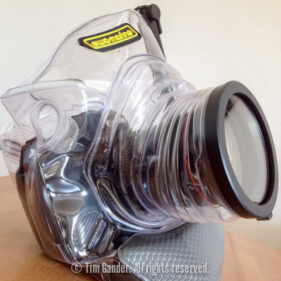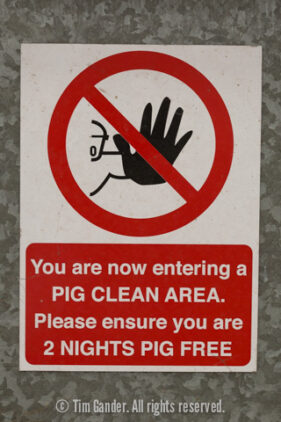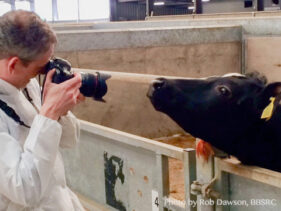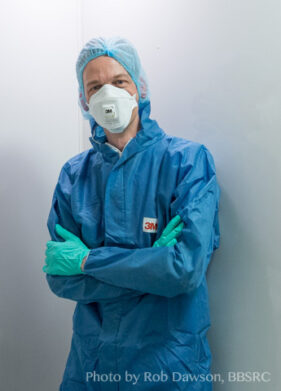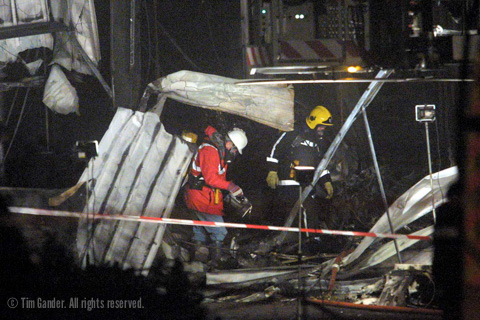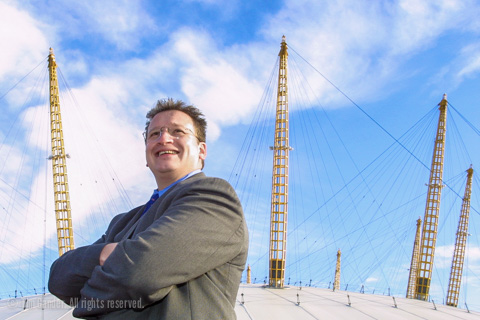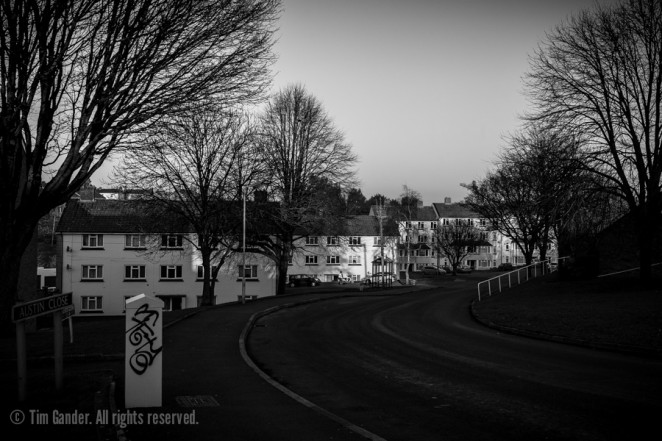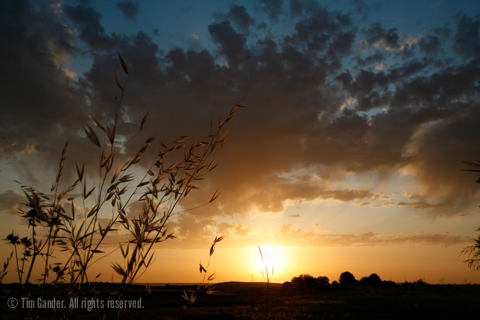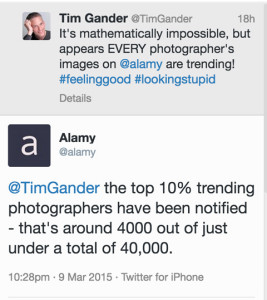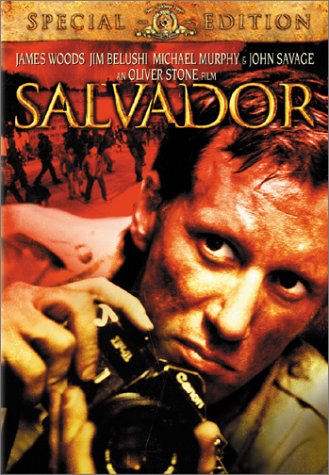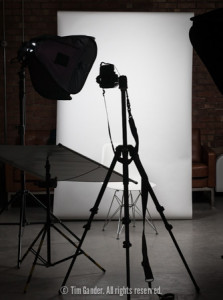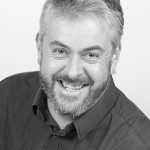Not all my work involves taking portraits of business people in offices, though it’s fair to say a lot of what I do is exactly that.
Just before Easter I started on a project with BBSRC, one of the UK’s research councils, to produce a set of images of their facilities for use in their new website, on social media and in printed reports – in fact all their corporate communications. They’re moving away from using generic stock wherever possible and towards featuring their own research scientists and facilities to better communicate what they do.
This first stage of the project required some forethought and planning, because I was going to visit research units where biosecurity is a consideration. In other words, I couldn’t just walk in from the outside, with my camera, and start snapping away.
It wasn’t a full “hazmat” situation, but I was required to take a shower and change into supplied underwear, scrubs, disposable boiler suit, gloves, hair cover and face mask before going in, and although my camera gear was unlikely to cause a problem, I opted to use it for the most part inside a waterproof housing. Not least because at a future date, I’m going to have to use the housing in a facility requiring even greater biosecurity than at this one, so it was a good opportunity to try using the camera in the housing while wearing a face mask and gloves.
Thankfully I didn’t have to spend the entire day shooting like this because an underwater camera housing is rather like a penguin; graceful under water, unbelievably clumsy on dry land. It was great practice and I learned a few things about what I could and could not do when working this way, but it didn’t half make my hands ache as I tried to work the lens and controls through the PVC camera housing. I also discovered that with the face mask, my view into the viewfinder would steam up every time I breathed out. I did a lot of breathing control during this session!
To respect the client’s licensing, I won’t be sharing the photos I took for them here, but as the project progresses I hope I can show you some behind-the-scenes and outtakes along the way.

